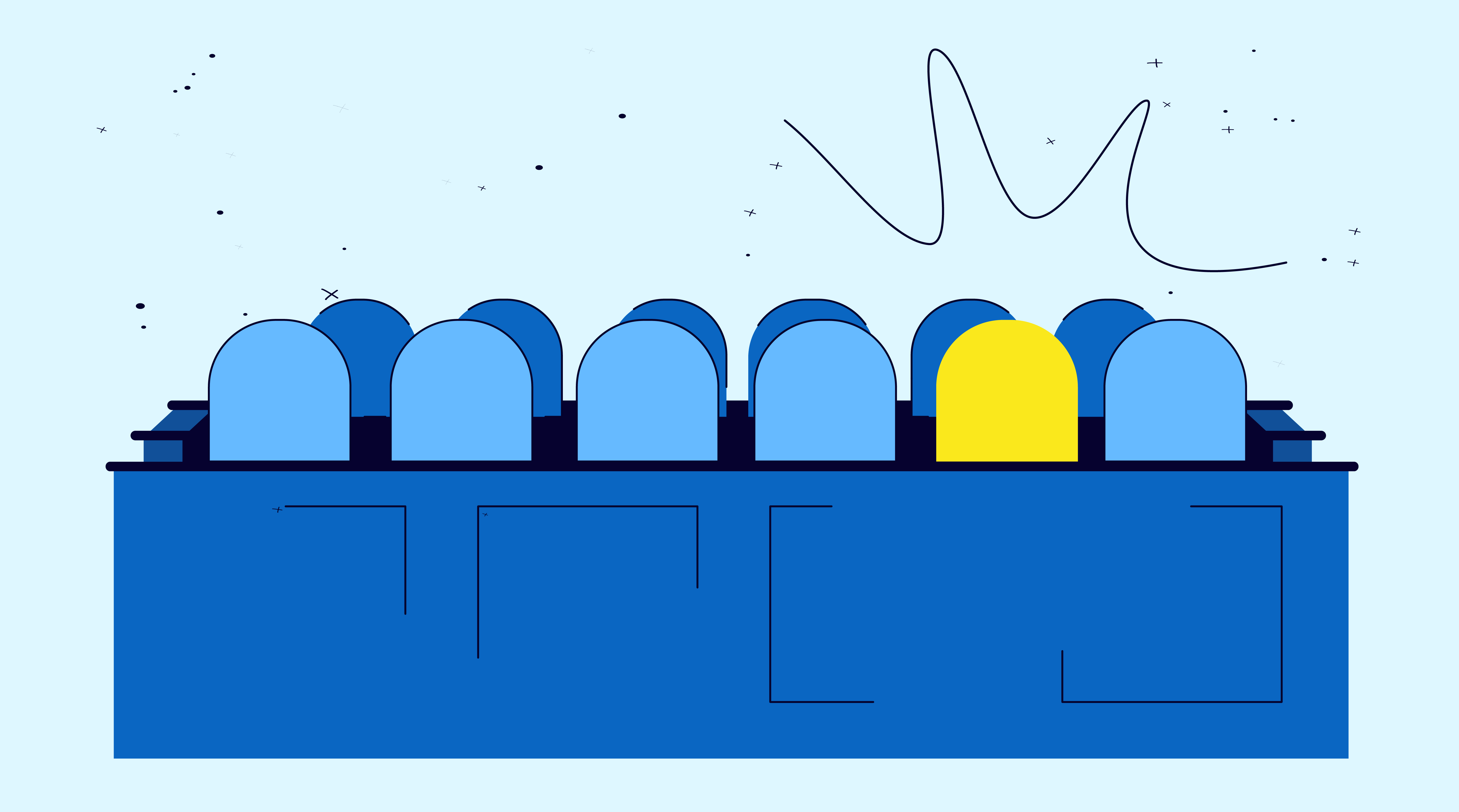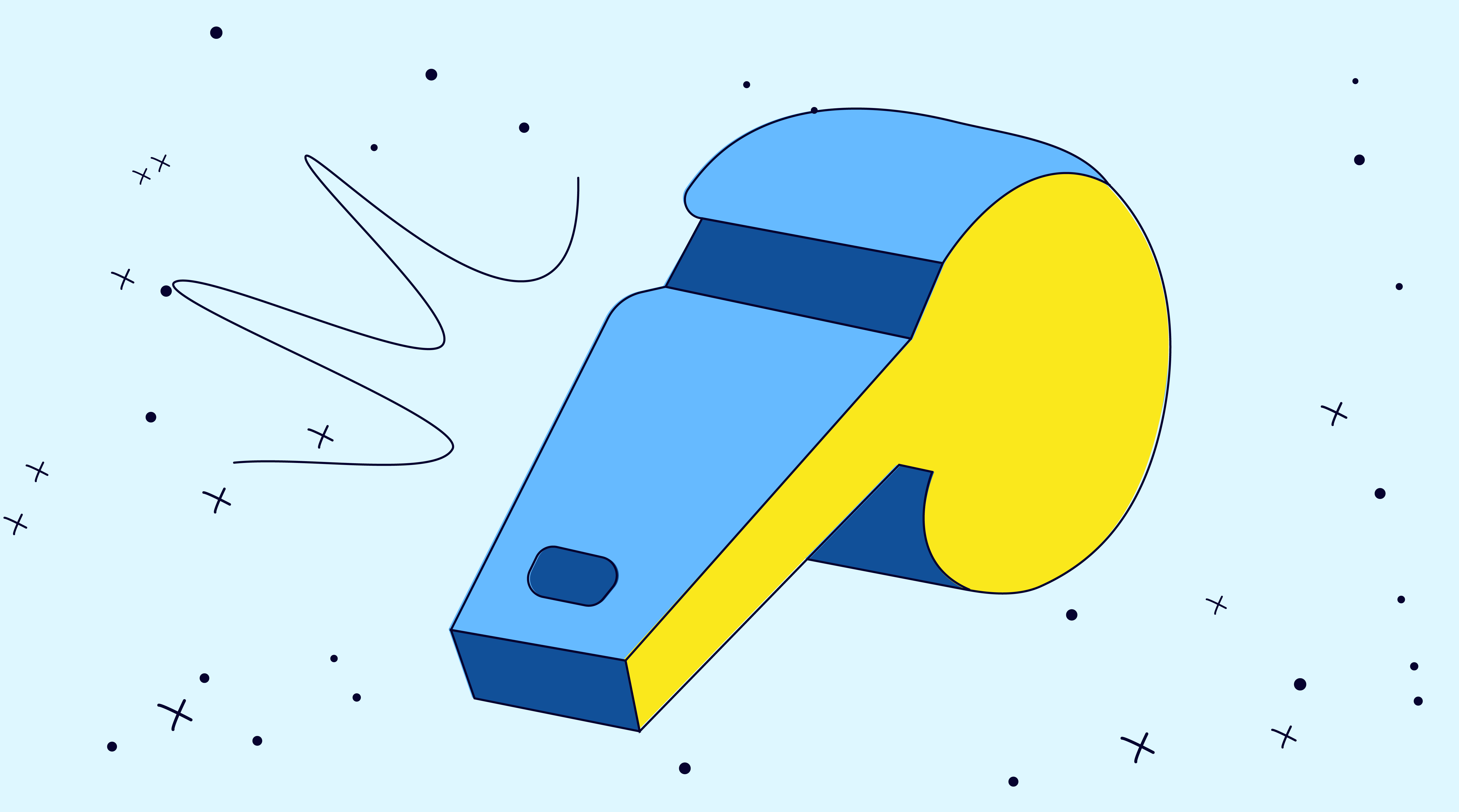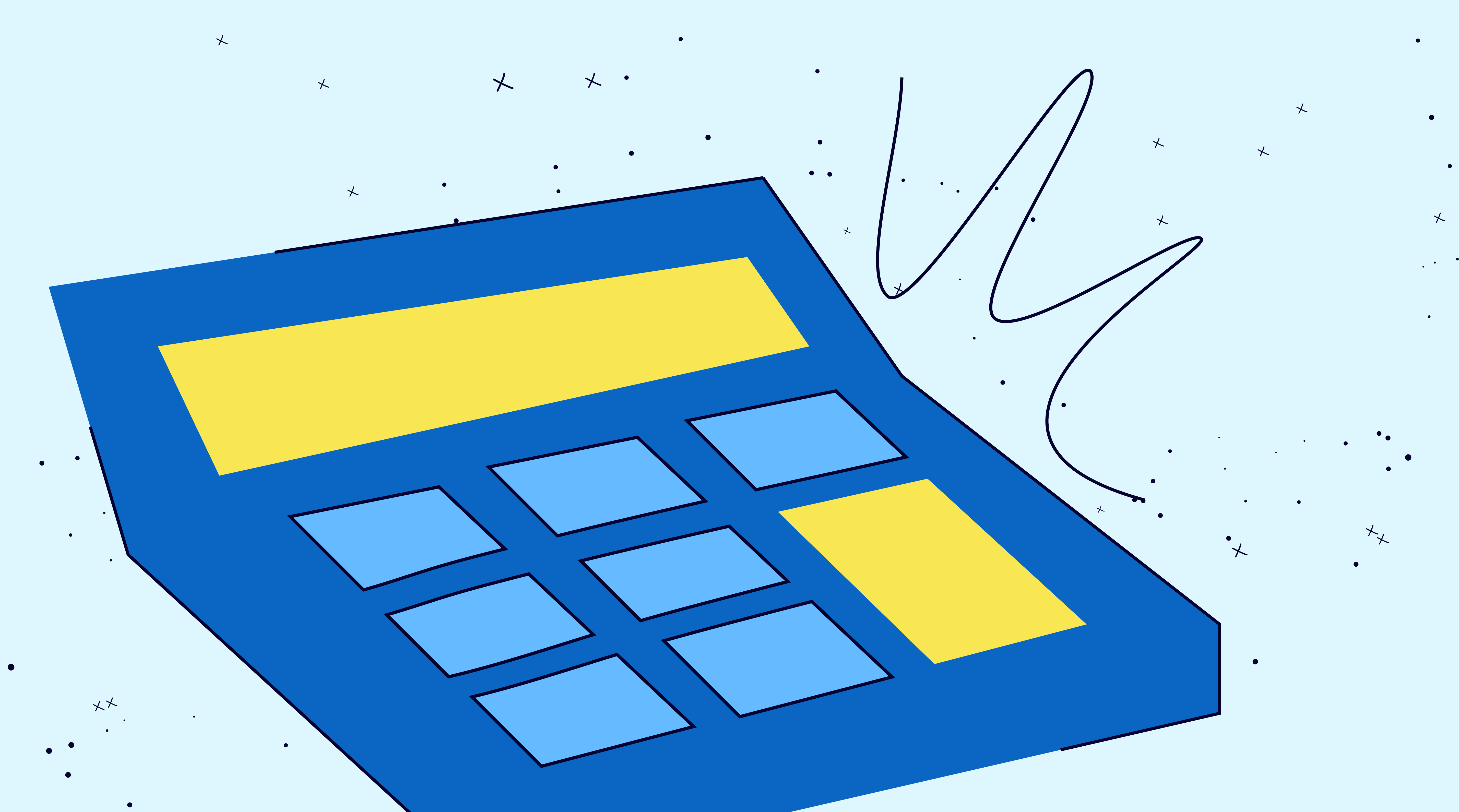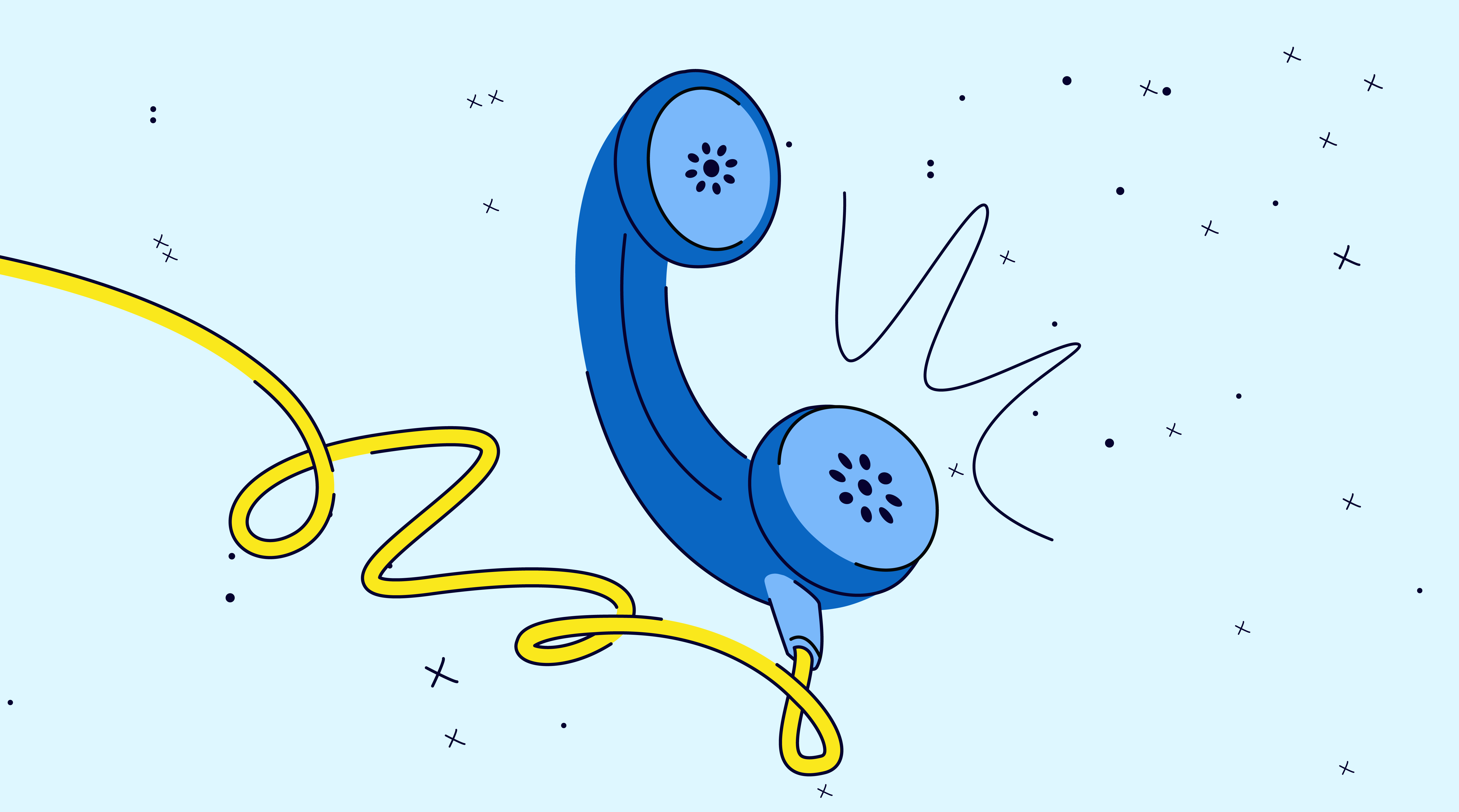Over the past six years, Morgan & Morgan’s Philadelphia office has recovered $241M for clients.
These monumental results are the product of our ruthless go-to-trial strategy that pushes a case’s recovery to its full potential. Putting this into practice requires aggression, in addition to a solid team and trial preparation procedures.
Play Hardball from the Start (with the Numbers to Back It)
After four years of implementing this strategy, we are seeing the results.
As our trial results started to compound, so did our leverage. Our data points—dozens of wins, rising recovery amounts—became a persuasive tool in mediation and negotiation.
Once we had the upper hand, we began resolving cases just before trial for very large numbers, two to four times the norm, and it became easier to play hardball. As that happened, some insurance companies wouldn’t go to trial against us.
By year four, the calculus had shifted. The insurance companies became much more willing to settle for a higher amount once they knew we would turn down a lot of money to go on to trial and win. This took away any ability they had to dangle money in front of our clients.
Establishing a Go-To-Trial Strategy:
After winning our first few trials, we stepped back and evaluated how we wanted to try cases most effectively. From there, we developed a game plan to treat every case—regardless of severity—as if it’s heading to trial.
A Case Process That Breaks Records
- During the pre-lit stage, work cases up to their highest potential, follow up on medical management to ensure no treatment gaps,
- Be prepared to push to litigation if a medical procedure becomes necessary
- Depositions are key; conduct them with purpose
- This is your opportunity to show the defense how a trial is going to go, do it with purpose, and go on the offensive
- The adjuster can look back at the deposition and see that the trial may not go great for them
- When it comes time to resolve the case, you won’t have to say much. The other side saw how it went, and all the pieces have been put in place to go to trial efficiently and aggressively.
-
Streamline case operations: Organize case files and ensure exhibit lists are in order. No scrambling for documents–we’re always prepared to try an efficient trial. Impress on the other side that you mean business.
Assemble Your Trial A-Team
This strategy requires a team effort, and your whole team needs to be rallied around the same mission of pushing the values of our cases and being willing to take them to trial.
There are Two Types of Attorneys You Need to Hire:
- Case Builders: Attorneys who can work a file from intake to litigation-ready, meticulously documenting damages, managing treatment, and packaging the case for maximum leverage.
- Trial Titans: A team of trial attorneys that can work together in the courtroom, sharing responsibilities so the jury hears from different people
Case Staff are the Backbone of Trial Strategy: Support staff are treated not as administrative help, but as key strategists. Paralegals and litigation assistants are trained to think like trial architects—responsible for building a case record that is both thorough and courtroom-ready. Their work on record retrieval, file organization, and exhibit preparation can decisively shape the outcome of a trial.
Put in the Time to See the Results
There’s a lesson here for firm leaders: success at this scale doesn’t come from chasing fast wins. It requires a willingness to invest time, absorb short-term financial risk, and enforce a disciplined standard across every level of the team.
It may take a year or two to start seeing results, but by year three, the benefits begin to show—and by year four, the firm is operating in a different league.
What Morgan & Morgan’s Philadelphia office demonstrates is that scaling legal success requires institutionalizing excellence, case by case, with a trial-ready team built to win.












